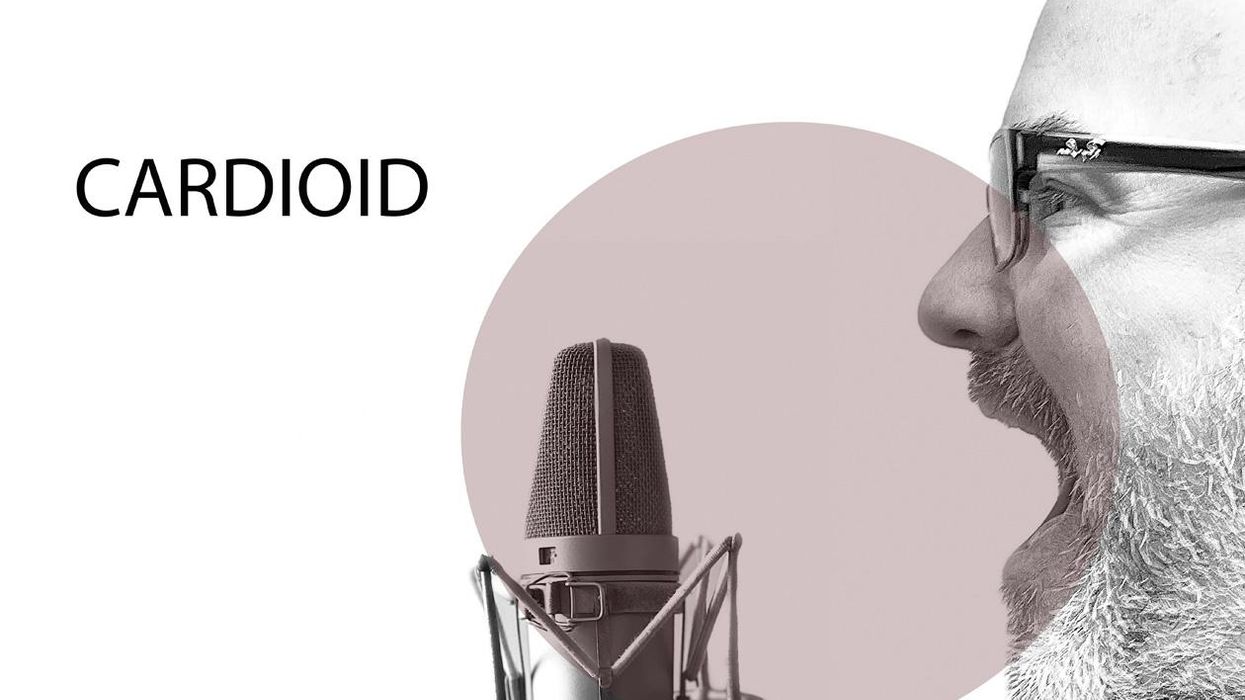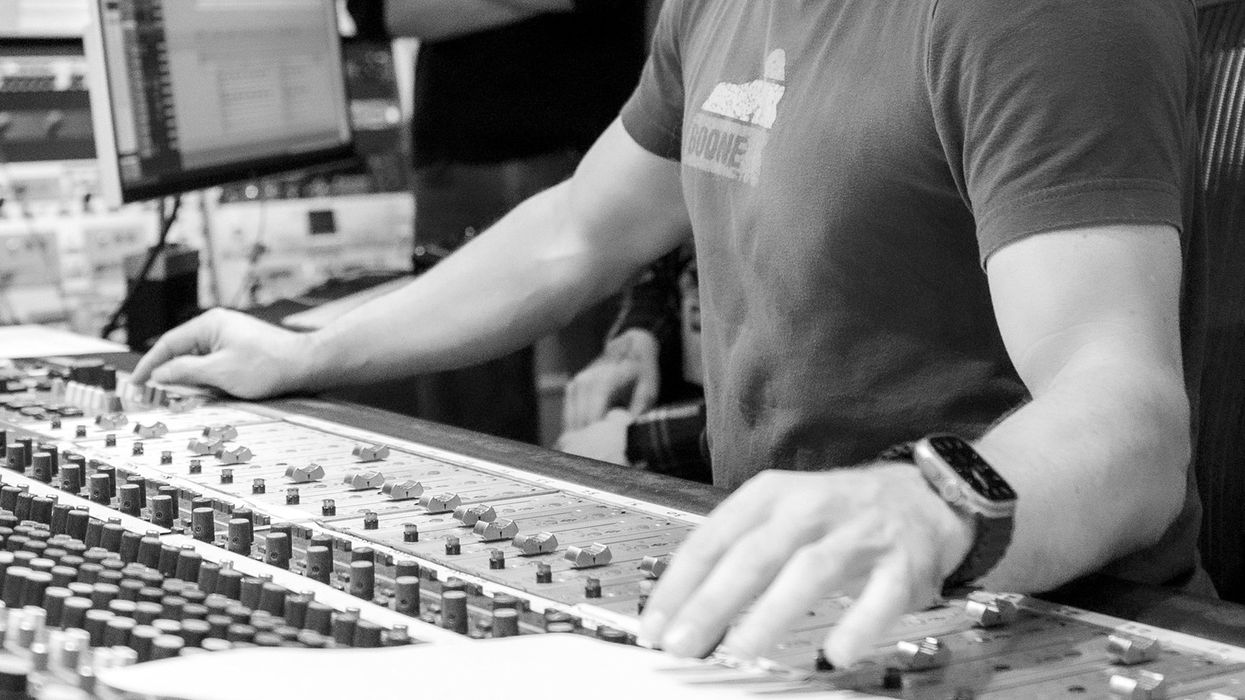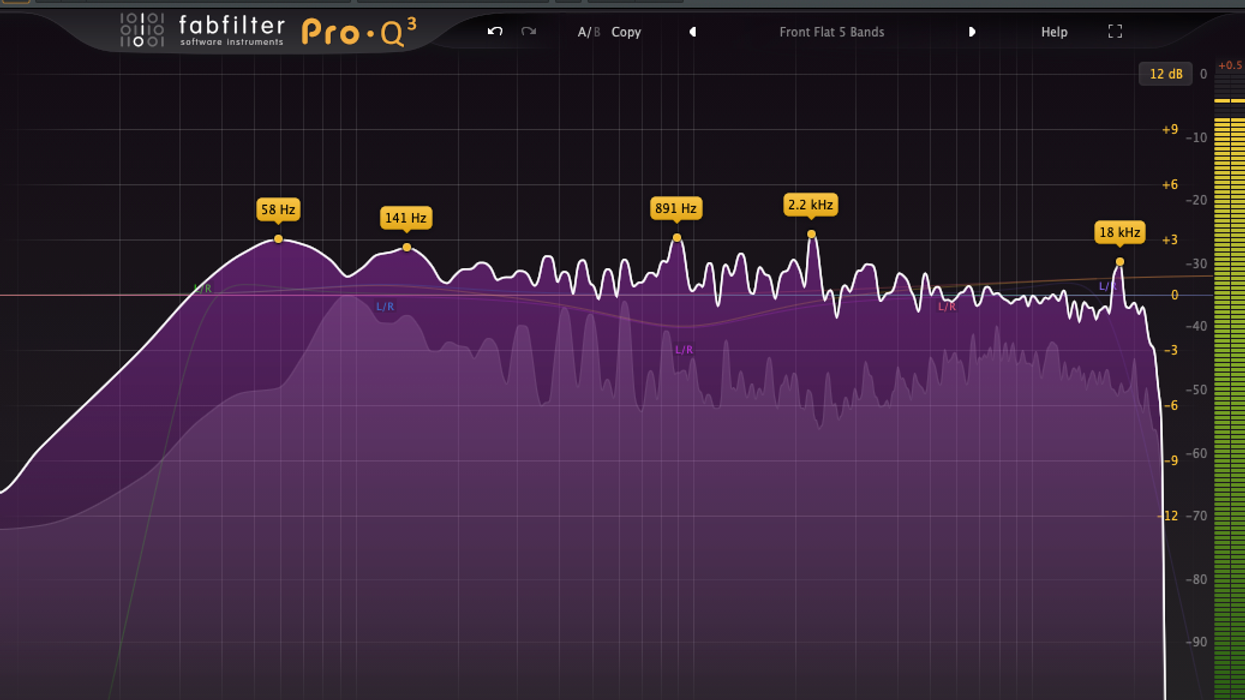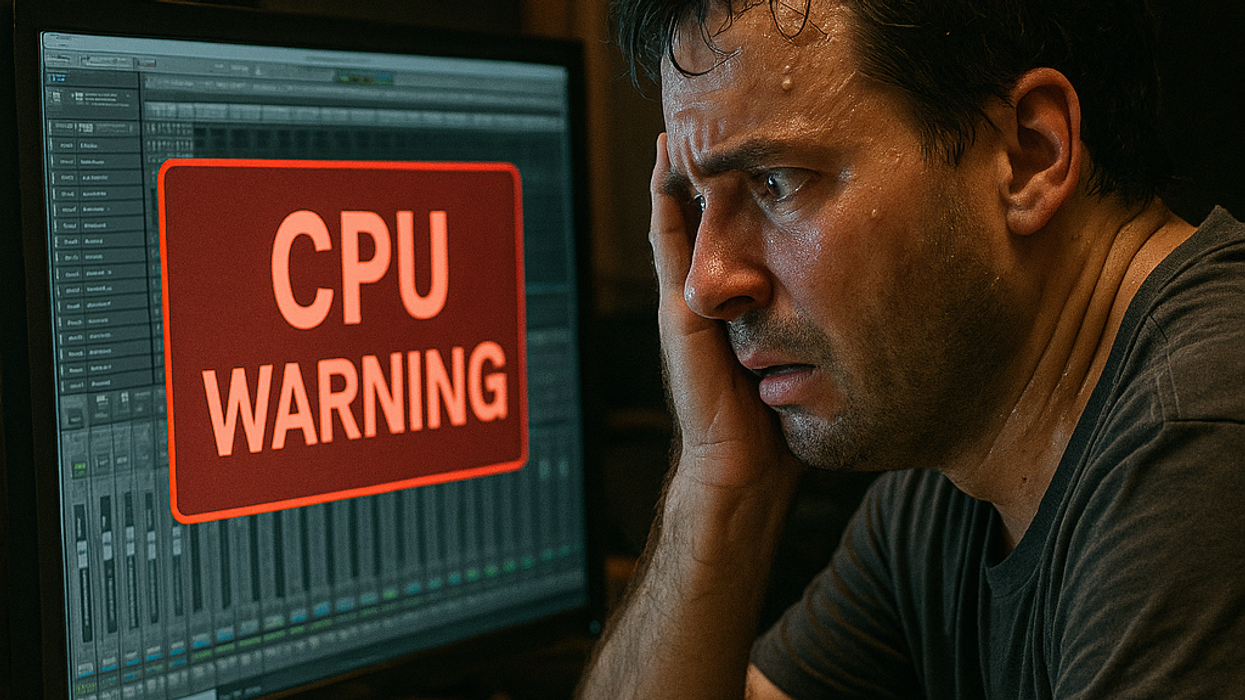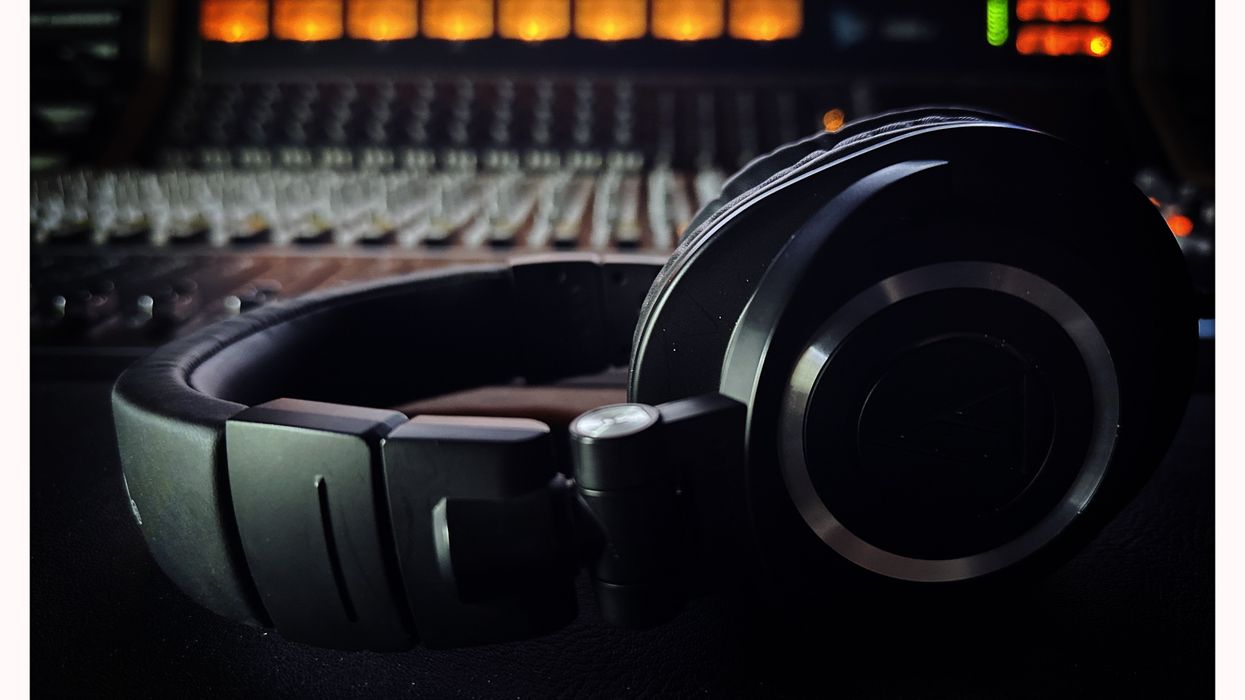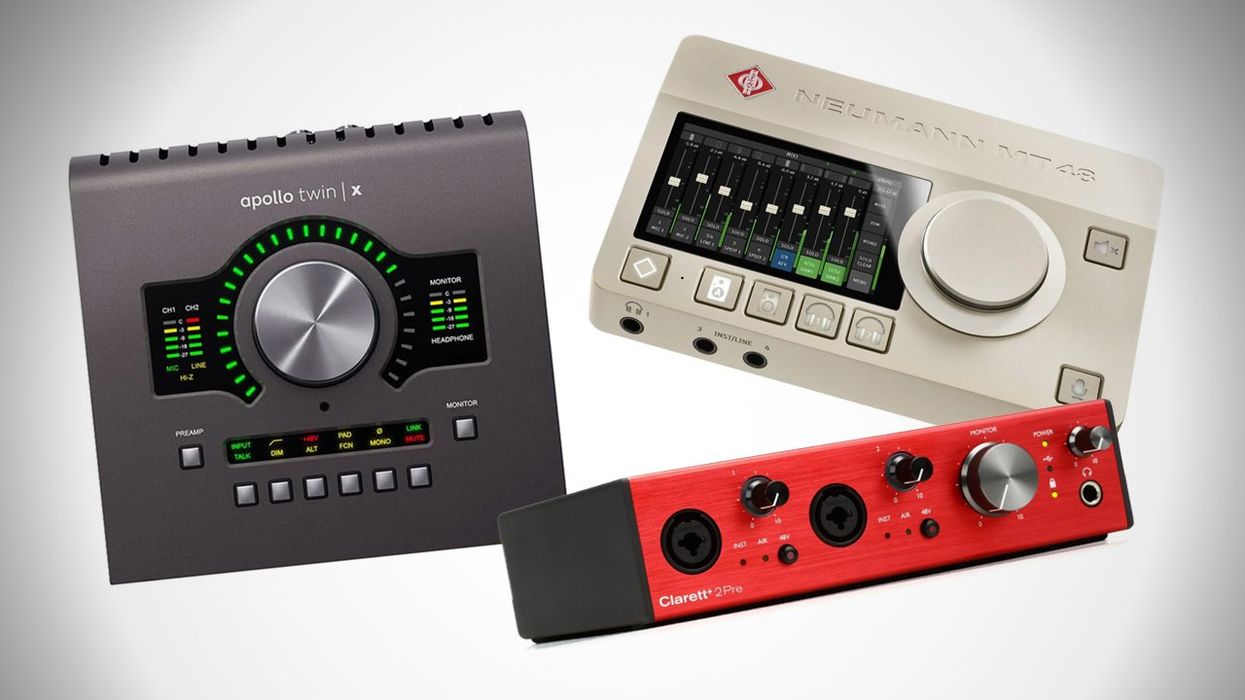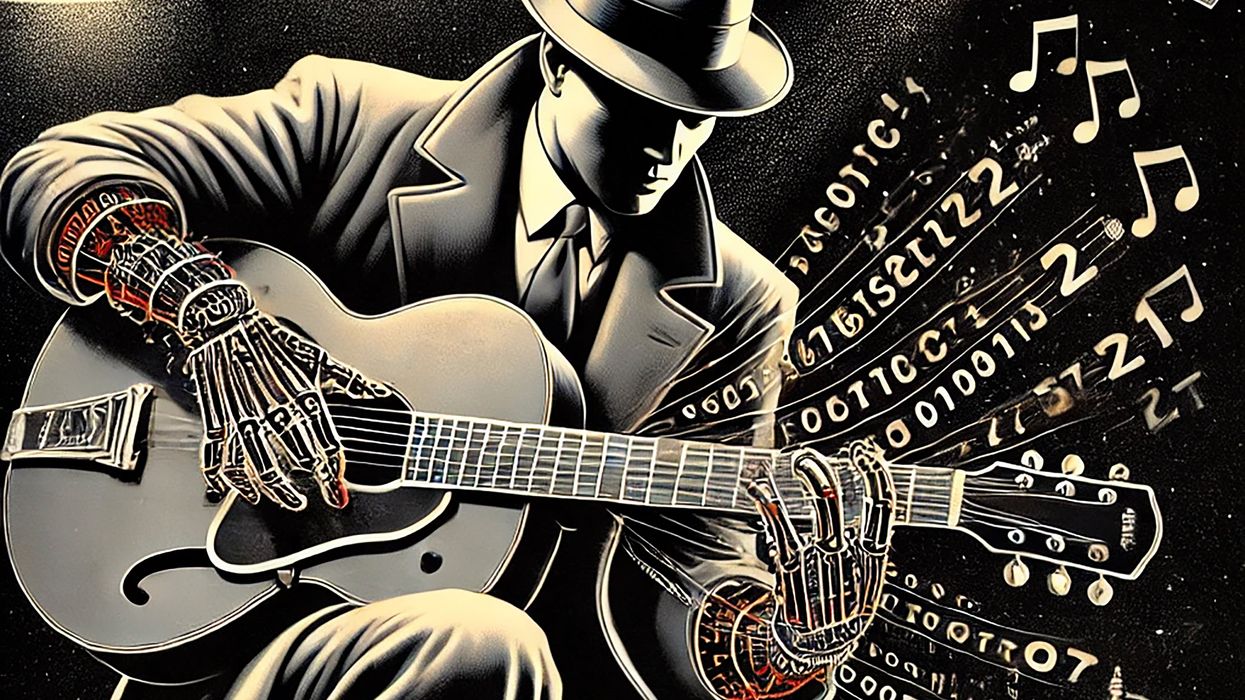Welcome back to the Dojo, everyone. This month, we're going to explore the world of microphone polar patterns, so you can make better choices for recording your electric and acoustic guitars.
What is a polar pattern? As a sound source arrives at the microphone, a polar pattern represents the area(s) of greatest sensitivity relative to the angle of the sound source. Think of a polar pattern as you would a camera lens: the wider the lens (or camera setting), the more images you can put in frame. Even if you are not a camera buff, you most likely have several camera settings on your smart phone (portrait, standard, panorama). For microphone polar patterns, there are three main choices as well: cardioid, figure eight, and omni [Figs. 1, 2, and 3, respectively]. FYI, there are other polar patterns (hyper-cardioid, super-cardioid, etc.), but for now I'm going to focus on the most usable three for recording purposes. Understanding these patterns can help you make better recordings by perceiving what your mic can sonically "put in frame" and what will be "out of frame." One last thing before we begin: Some microphones have a fixed polar pattern (non-adjustable), while others offer a choice of multiple polar patterns.
"Understanding these patterns can help you make better recordings by perceiving what your mic can sonically 'put in frame' and what will be 'out of frame.'"
The most common pattern is cardioid. The benefit of using this pattern is that it has a wide sweet spot and offers great rejection at the back of the mic. This means that whatever the capsule of the mic is pointed towards will be "in frame," and things behind the mic will be greatly minimized. This offers greater control when you want to capture the most of the sound source you've aimed the mic at while minimizing everything else. Classic mics like the Shure SM57 and SM7B are fixed cardioid-pattern mics. If you're recording your acoustic guitar in a room where someone else is playing an instrument (or singing), you want to maximize your guitar and minimize the bleed of the other musician. You can achieve this by playing your guitar directly opposite the other musician, get some separation, and mic your guitar about 4 to 5 inches away from the 14th fret.
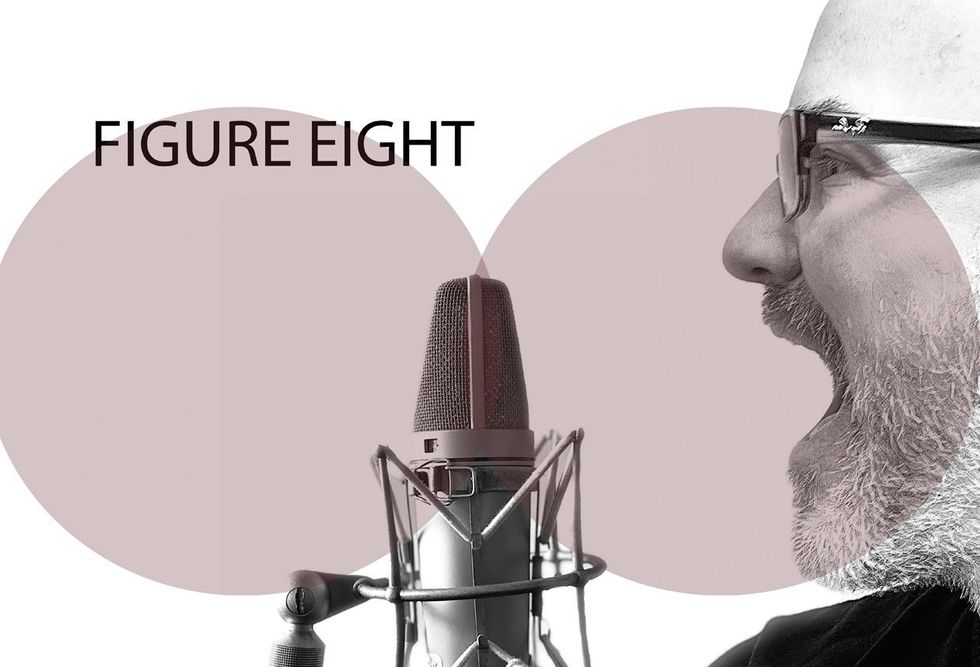
Fig. 2
What if you're playing a duet and you want to record the other player equally well, with only one mic? If you have a mic that has a figure-eight polar pattern, you can. Sit opposite each other, place the mic in the middle and equidistant from both of you. Then set your levels and go! Most large-diaphragm condenser mics will have all three basic adjustable patterns (cardioid, figure eight, and omni), and many offer even more choices. For instance, the Rode K2 ($699 street) is continuously variable (all positions), the AKG C414 XLII ($1,099 street) has five choices, and the AKG C12 VR ($5,999 street) has nine patterns. The figure-eight pattern also gives great rejection for sound sources that are not directly in front or behind the mic.
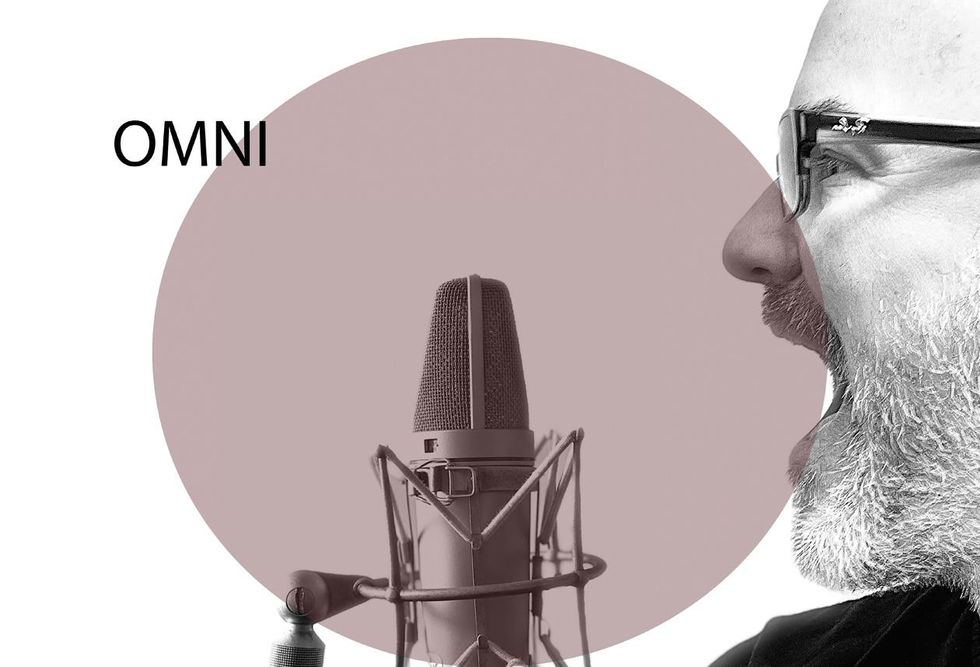
Fig. 3
Perhaps you want to record your alternative acoustic band more evenly? Use the omni (omnidirectional) setting of your mic and place it in the room where you think things are more or less balanced. So, if you have a full band, don't place it near the drummer and expect the acoustic guitar to be equally as loud. Remember that the mic, while getting sound from everywhere and rejecting nothing, is still going to pick up the sound source that is closest and also loudest. Move the mic closest to the singer(s) and the instruments that naturally struggle to compete with the drums, and then move that group further away from the drummer until a more balanced sound is achieved.
Until next time, keep experimenting and have fun.
